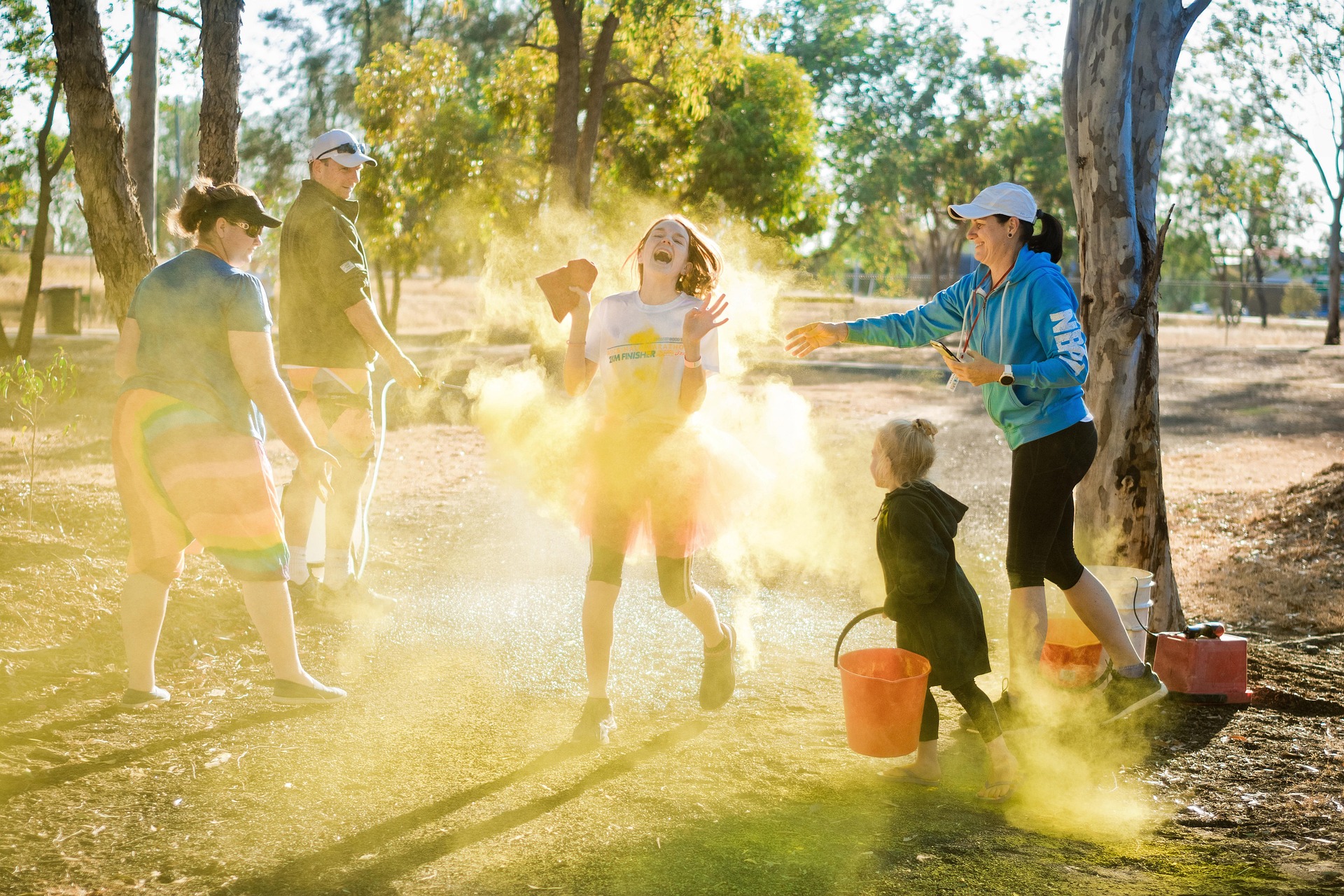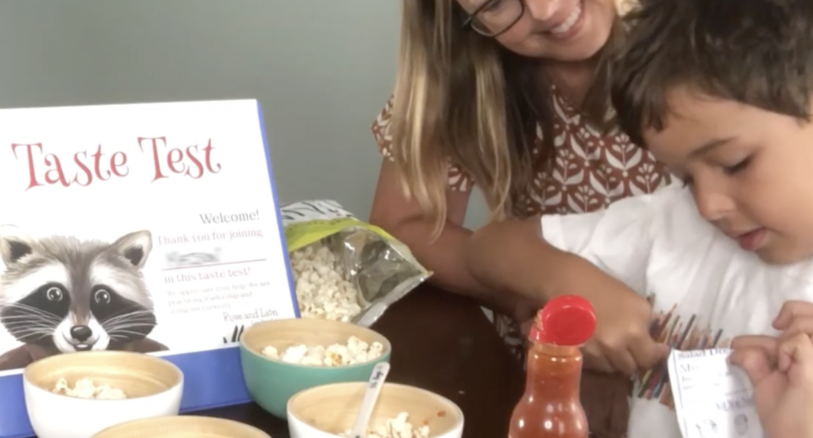Thinking about play time as a family? Read on for 6 instant, fun and free games to play as a family. First, learn why play is such an amazing experience!
The benefits of play are cognitive, emotional, physical and social – it’s the best! Play helps children (and adults!):
- Discover who you are
- Expand your world
- Grow creatively
- Feel personally fulfilled
- Have novel experiences
- Prepares you for change
- Helps you feel you belong
- Have fun
Plus, physical play helps develop muscles and fine-motor skills, which is great!
What is play?
Play researchers and authors Stuart Brown and Christopher Vaughan outline the properties of play:
- Seems to have no purpose
- Voluntary
- Inherently attracted to it
- Freedom from time
- Lowered consciousness of self (you don’t worry if you look good doing it)
- Potential to improvise
- Desire to keep the play going
Play has serious benefits.
We’re learning while we play.
When we play to learn, we learn in a safe space – there aren’t as many real-life consequences.
What happens if we don’t play?
There is a story that ancient healers, when working with someone who felt depressed, would ask “When did you stop dancing? When did you stop singing? When did you stop laughing?”
Again referencing research from Brown & Vaughan, if we don’t play, there are consequences to NOT playing, including:
- Behavior becomes fixed
- Mood darkens
- Lose sense of optimism
- Depression (opposite of play)
- Become incapable of feeling sustained pleasure (anhedonic)
This effects children AND adults. So, playing with your children helps you, too!
6 Games to Play: Easy, instantaneous and free.
Play mode is family fun mode! Find easy, quick and free ways to play with these fast ideas:
- 1. Floor is lava – Lay some sheets of paper on the ground, with spaces in between the papers. The papers are the spots you can step on. Everything else is “lava.” Determine a starting and ending point. Goal: everyone has to get across by only stepping on the papers. If someone steps off the paper, everyone has to go back to the starting line. You can make this harder by color-coding papers – the “big kids” (that includes the adults!) can only step on certain colors. You can also write challenges on papers – such as, if you step on the paper with a triangle on it, you have to jump three times.
- 2. Flashlight hide and seek- This is a rowdy and not super-relaxing way to prep for bedtime, but it’s very fun. Turn out the lights. The hiders go hide in the dark (if you have very young kids, they could hide before you turn out the lights. The seeker has to seek with the lights off, but gets to use a flashlight when they think they’re going to “spot” someone.
- 3. Tickle robot – A basic tickling game with a twist. The tickler is a “robot” and speaks in a funny robot voice. The tickle-ee makes a noise (like a burping sound) to start the robot. The robot tickles the tickle-ee until the ticklee-ee says “please stop.” Then the robot shuts off. This is a simple way to teach boundaries and respecting someone who says stop. When we play this, the “robot” changes back in to “mom,” who doesn’t remember being a robot.
- 4. Puppet play – Puppets or stuffed animals are part of a play. Grab two chairs, a sheet and some favorite stuffies. Decide on a story to tell and who’s telling the story. The characters are the stuffies. Throw the sheet over the two chairs. The “voice actors” hide behind the sheet and lift the characters up. You’ll need an audience to listen to the story – some extra stuffed animals make a good audience if you don’t have enough live people in the house!
- 5. Toy combo – Anything works here. Literally anything. Take a few objects – a cardboard box, a toy car, pencils, dried pasta, magna-tiles, legos, crayons – you can just ask your kid to pick up the last five toys they’ve tossed on the floor – and invent a way to play with ALL of them. Once, we ended with an elaborate mini-bowling course made from magna-tiles and a shoebox.
- 6. Give it a Second Thought – Kids have an innate way of looking at something adults define narrowly. For example, adults think a pot is to be used for cooking. Kids think of it as a cauldron, a drum or a ladder upon which to climb. Look around the house for some random things you’ve been storing – stickers, a sand art project, pipe cleaners, old sheets… – how can you play with these things in a different way? Here’s a few fun things we’ve done thinking out of the box:
- Pour glue in the shape of a spider web and use sand from an abandoned sand art project to color it. (Bottom left photo)
- Use a skein of yarn and have your kids run around and tie it to things to make a cool laser-like maze – have them run through it without touching the strings. (Bottom right photo)


You may also enjoy this post on turning games into leadership experiences.
Brown, Stuart L, and Christopher C. Vaughan. Play: How It Shapes the Brain, Opens the Imagination, and Invigorates the Soul. New York: Avery, 2009.



